
Papyrus, the origin of paper, is first known to have been used in ancient Egypt. Papyrus is a thick paper-like material produced from the pith of the papyrus plant, a wetland sedge that was once abundant in the Nile Delta of Egypt. Papyrus is made from the stem of the plant. The outer rind is first stripped off, and the sticky fibrous inner pith is cut lengthwise into thin strips. The strips are then placed side by side on a hard surface with their edges slightly overlapping, and then another layer of strips is laid on top at a right angle. While still moist, the two layers are hammered together, mashing the layers into a single sheet. The sheet is then dried under pressure. After drying, the sheet of papyrus is polished with some rounded object. It was the only source of paper throughout the Mediterranean region then and was exported to early Greco-Roman world.
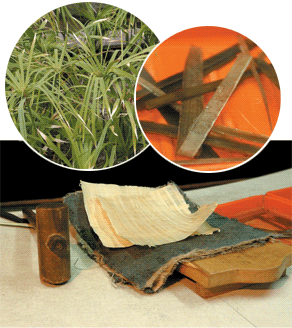
|
|
|

"Now when they had departed, behold, an angel of the Lord appeared to Joseph in a dream and said, "Rise, take the child and his mother, and flee to Egypt, and remain there until I tell you, for Herod is about to search for the child, to destroy him." (Matthew 2:13)
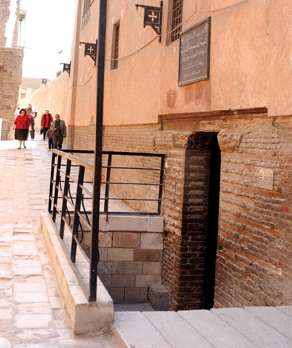
Saint Sergius Church (Abu Serga)
Saints Sergius and Bacchus Church in Old Cairo, also known as Abu Serga, is traditionally believed to have been built on the spot where the Holy Family, Joseph, Mary and the infant Christ, rested at the end of their journey into Egypt, escaping from the persecution by King Herod. The most interesting feature is the crypt where the Holy Family are said to have rested.
Traces of spiritual light was seen in the church. The Coptic Church is the church of the traditional Christian Egyptians. There are over 6 million Copts. |
|
|

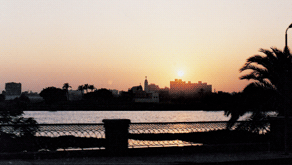
The name of the sea may signify the seasonal blooms of the red-coloured cyanobacteria near the water's surface. Some suggest that it refers to the mineral-rich red mountains nearby. It is roughly 2,300 km long, at its widest point at about 360 km wide, and in the north at about 200 km wide. It has a maximum depth of 2,213 m. To the north, the Red Sea connects to the Suez Gulf, and to the south, it is connected to the Arabian Sea.
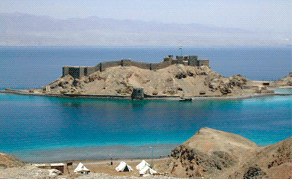
|
|
|

"Now Mount Sinai was wrapped in smoke because the Lord had descended on it in fire. The smoke of it went up like the smoke of a kiln, and the whole mountain trembled greatly." (Exodus 19:18)
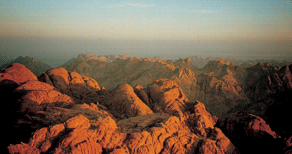
Mount Sinai, also known as Mount Horeb, is surrounded on all sides by high peaks of the mountain range. This is the rocky mountain at which revelations and the Ten Commandments were given to Moses by God.
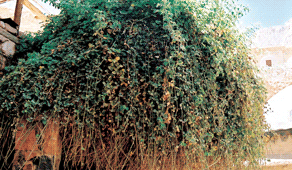
Bush
This is the same kind of bush that Moses saw while he met God and received calling.(Exodus 3:2∼4) You can find it at the church located at the top of Mt. Sinai built for commemorating the place where Moses received the Ten Commandments inscribed on tablets of stone. |
|
